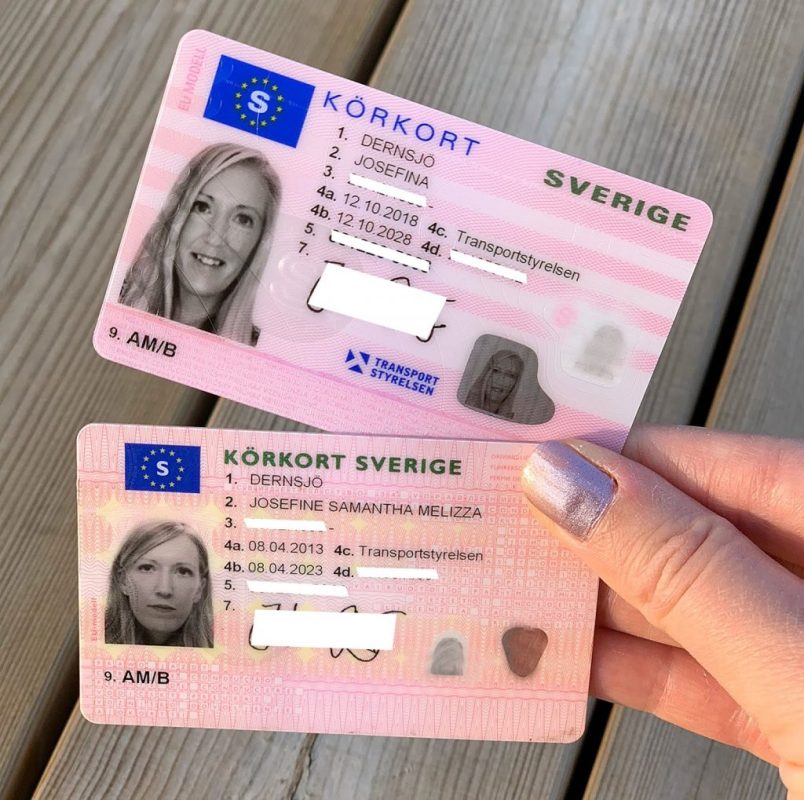Understanding Transportstyrelsen: Sweden's Transport Agency
Transportstyrelsen, or the Swedish Transport Agency, plays a vital role in the management and regulation of numerous transportation sectors within Sweden. Responsible for making sure safe, efficient, and sustainable transport systems, this firm supervises a large array of transportation modes, including roadway, rail, aviation, and maritime. This article delves into the company's structure, functions, guidelines, and effect on the Swedish transportation landscape.
Summary of Transportstyrelsen
Established primarily to streamline the management of the transport sector, Transportstyrelsen consolidates numerous roles related to traffic security, facilities, and environmental impact. The agency operates under the Ministry of Infrastructure and operates in partnership with local federal governments, private sector stakeholders, and international organizations.

Secret Functions of Transportstyrelsen
Transportstyrelsen's responsibilities encompass a broad scope, which can be summarized as follows:
Regulatory Framework Development
- Develop regulations and requirements for all transport modes.
- Display compliance and enforce relevant laws and regulations.
Licensing and Registration
- Handle the licensing procedure for drivers and transportation companies.
- Keep a detailed database of authorized vehicles and airplane.
Traffic Safety Promotion
- Conduct research and gather information on transport safety.
- Implement projects targeted at increasing public awareness about traffic security.
Sustainability Initiatives
- Promote ecologically friendly transport solutions.
- Motivate the adoption of electric and alternative fuel vehicles.
International Collaboration
- Engage with other European and international transport authorities.
- Get involved in initiatives focused on balancing transport guidelines across borders.
Organizational Structure
Transportstyrelsen is arranged into a number of departments, each focusing on particular transportation techniques:
- Road Traffic Department
- Train Department
- Maritime and Air Traffic Department
- Environment and Sustainability Department
- Financial Analysis and Strategy Department
This structure allows for specialization and focused efforts in managing the diverse aspects of transportation within Sweden while making sure that all departments work collaboratively towards typical objectives.
| Department | Secret Responsibilities |
|---|---|
| Roadway Traffic Department | Handles driver licensing, lorry registration, and roadway security policies. |
| Railway Department | Oversees train safety, infrastructure advancement, and service quality. |
| Maritime and Air Traffic Department | Manages shipping and aviation, guaranteeing compliance with safety requirements. |
| Environment and Sustainability Department | Addresses transport-related ecological concerns and promotes sustainability practices. |
| Economic Analysis and Strategy Department | Carries out economic analyses to inform policy and method on transportation efforts. |
Influence on the Swedish Transport System
Transportstyrelsen's influence on the Swedish transportation system is extensive. The firm's policies and policies form the safety, effectiveness, and environmental impact of transport in Sweden. Key contributions consist of:
- Enhanced Safety Standards: By setting stringent security regulations and continually keeping track of compliance, the firm helps lower mishap rates and enhance general road, rail, and air safety.
- Promotion of Public Transport: Through investments and assistance for public transportation systems, the company encourages a shift from private car reliance to more sustainable and environmentally friendly transport modes.
- Support for Innovations: The agency promotes innovation in the transportation sector by supporting brand-new innovations such as electrical vehicles and wise traffic systems, aiming to fulfill both existing and future difficulties in transport logistics and environmental management.
Guideline Compliance
To guarantee compliance with Transportstyrelsen's guidelines, stakeholders in the transport sector should abide by various guidelines and requirements. This includes obtaining necessary licenses, undergoing inspections, and submitting reports on safety performance.
Vital Compliance Areas
- Motorist Licensing Requirements
- Automobile Inspection Standards
- Safety Protocols for Transport Operations
- Ecological Regulations for Vehicle Emissions
- Functional Standards for Public Transport Services
Violations of these regulations can result in significant charges, consisting of fines and the revocation of licenses or licenses.
Often Asked Questions (FAQs)
What is Transportstyrelsen?Transportstyrelsen, or the Swedish Transport Agency, is the federal government authority responsible for controling all aspects of transport in Sweden, including roadway, rail, maritime, and aviation sectors. How does Transportstyrelsenguarantee safety in transportation?The agency develops and implements policies, carries out research study, and carries out safety campaigns to promote safe transportation practices amongst all roadway users. What types of cars does Transportstyrelsen regulate?Transportstyrelsen regulates a vast array of vehicles, including traveler cars and trucks, business cars, Juridiskt Körkort Online (www.ellynboustead.top explains) bikes, aircraft, and maritime
vessels. How can I get in touch with Transportstyrelsen?Transportstyrelsen can be contacted through their official site where numerous resources, contact information, and kinds for queries are supplied.
Exists an appeal procedure for licensing choices made by Transportstyrelsen?Yes, individuals and companies can appeal decisions made by Transportstyrelsen concerning licenses and policies as laid out in their official
standards. Transportstyrelsen is an essential part of Sweden's transport landscape, ensuring that the systems in location are not only efficient and reliable but also safe and environmentally mindful. Its complex responsibilities,
from guideline to public security, develop a framework that benefits both the Swedish population and the wider transport network. Understanding Transportstyrelsen's functions and functions helps stakeholders browse the intricacies of the transportation sector, cultivating compliance and promoting developments essential for future sustainability.
